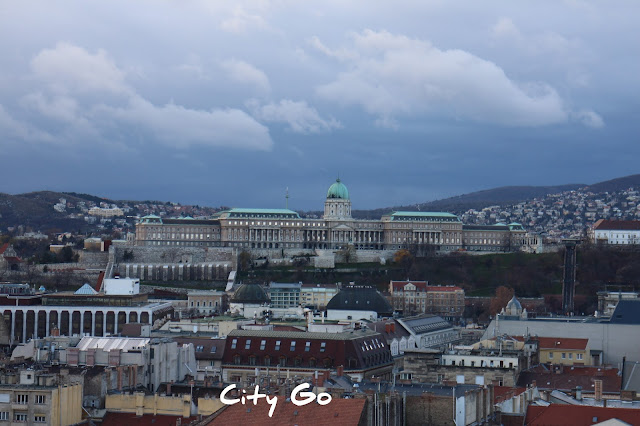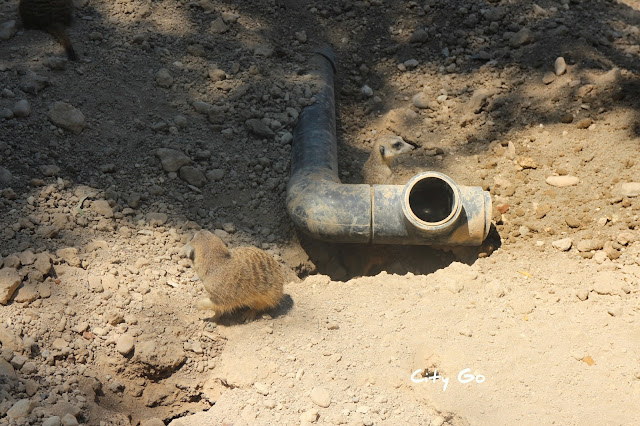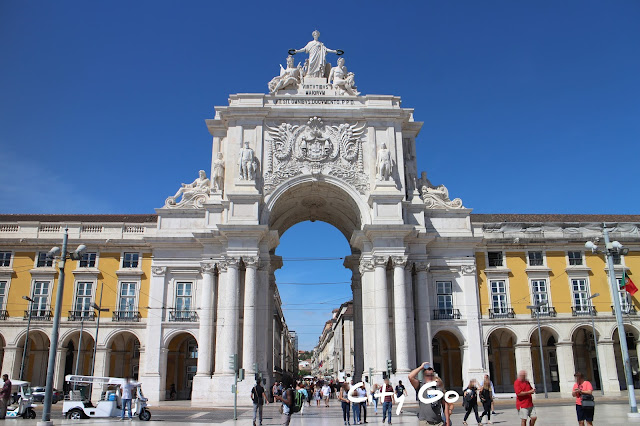Royal Palace, Budapest, Hungary

The first royal residence in Castle Hill was built in the 13th century. This residence was extended in the following centuries but was completely destroyed in the Battle of Buda in 1686, as the Ottomans had transformed the palace into a gunpowder storage. In the 18th century, a small baroque palace was built and the process of rebuilding continued in the 19th century. The palace was finally finished in 1904 but, at the end of WWII, it was badly damaged. It was once again rebuilt using many of the original parts. The palace currently houses the Hungarian National Gallery , the History Museum and a library. Back to Budapest






